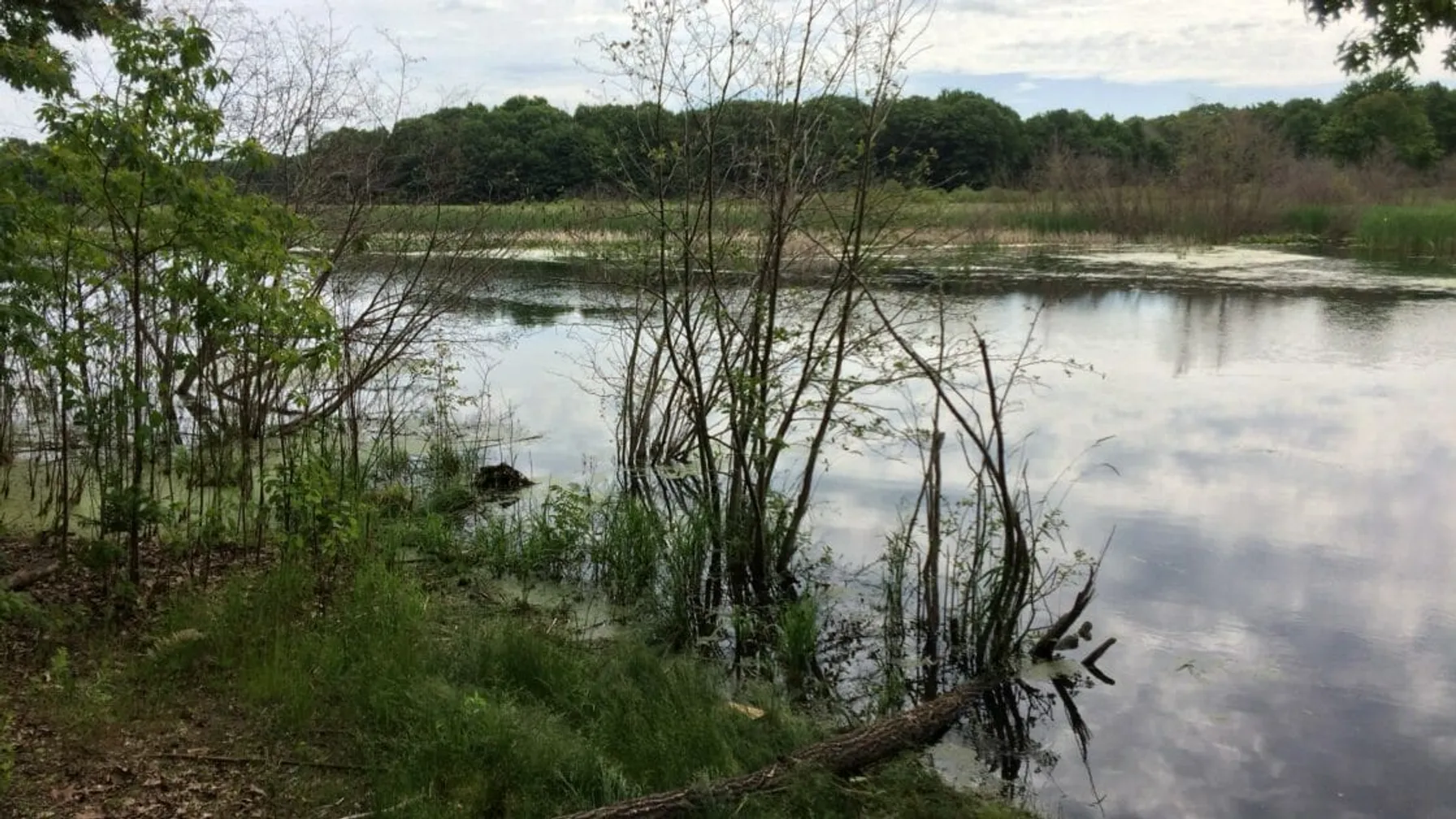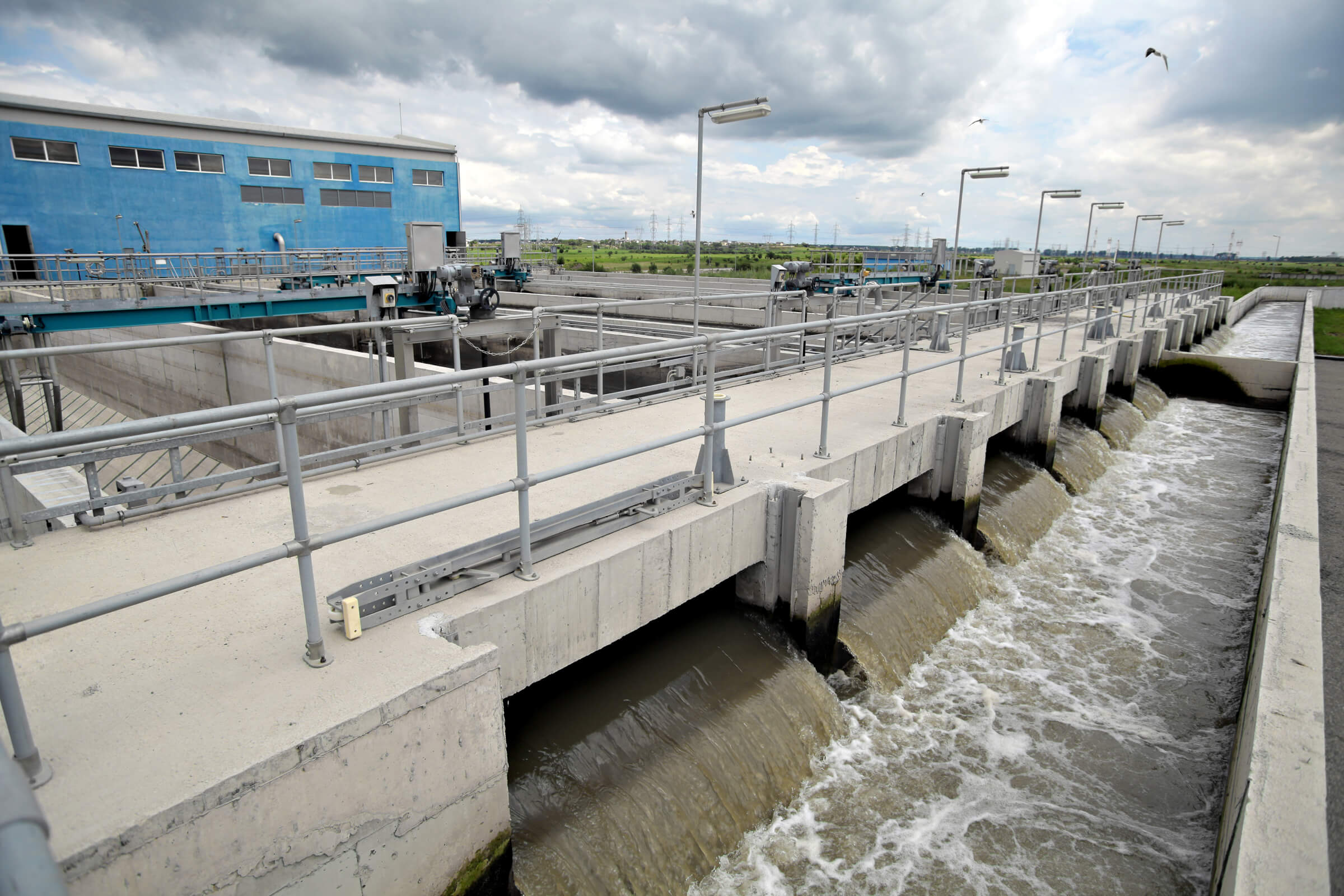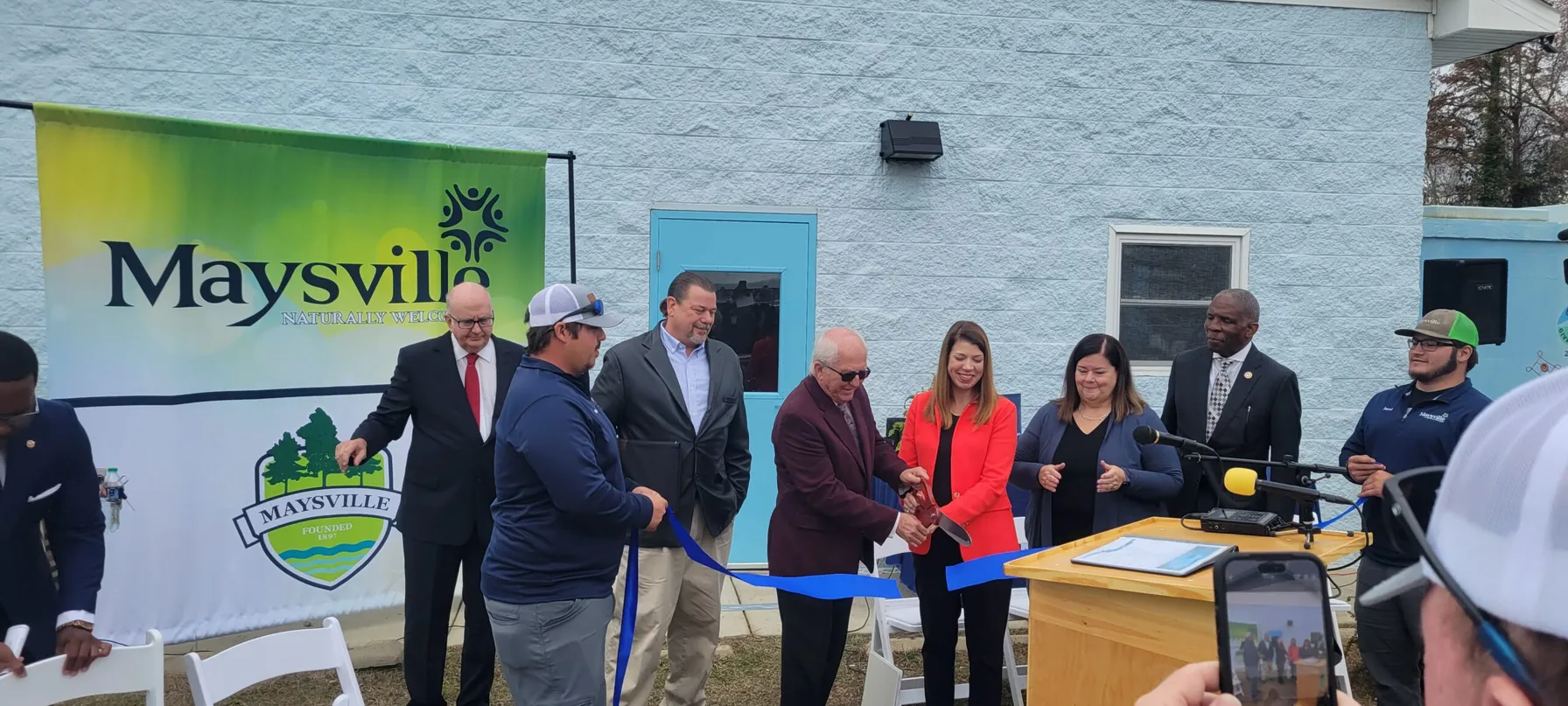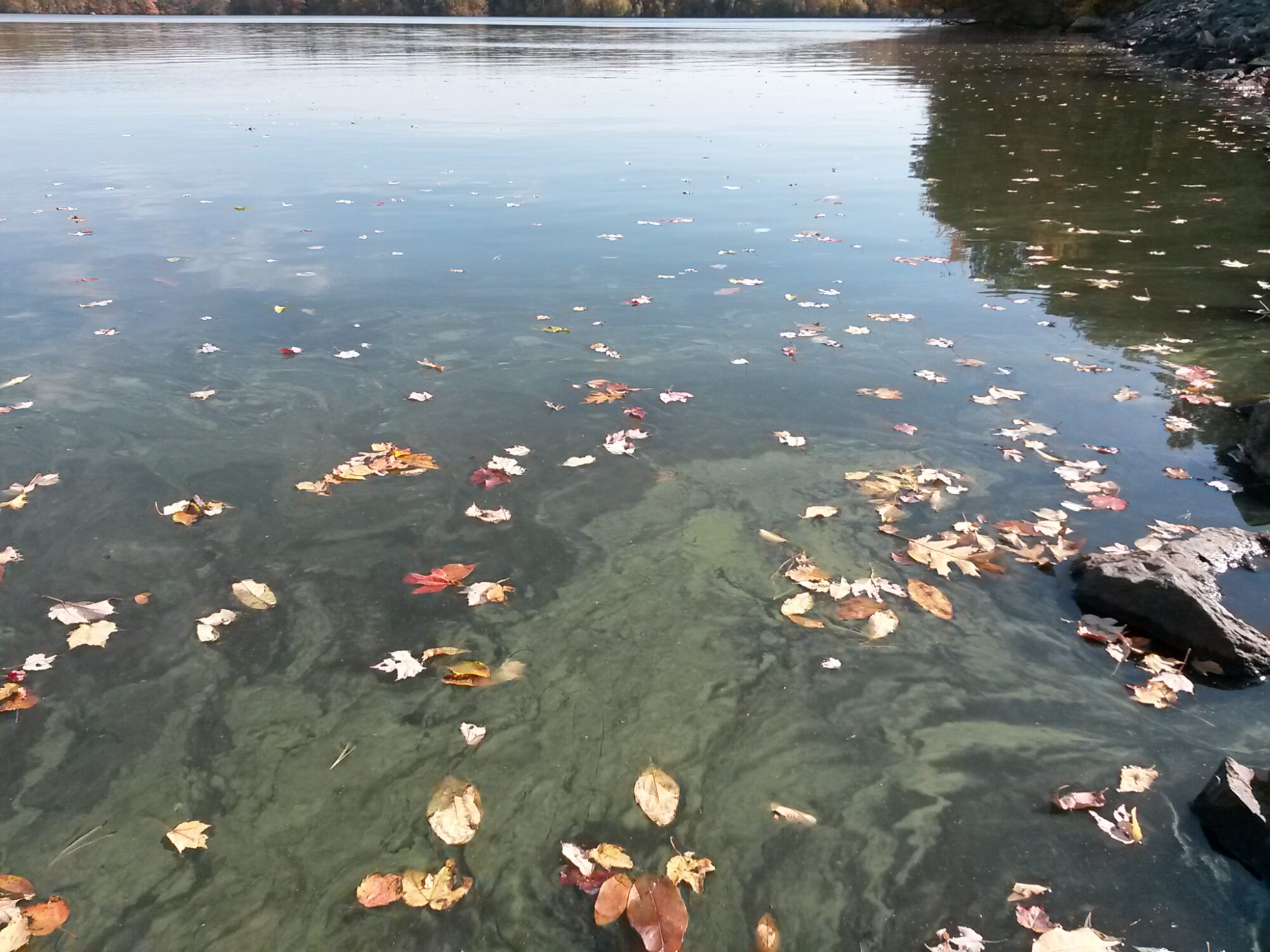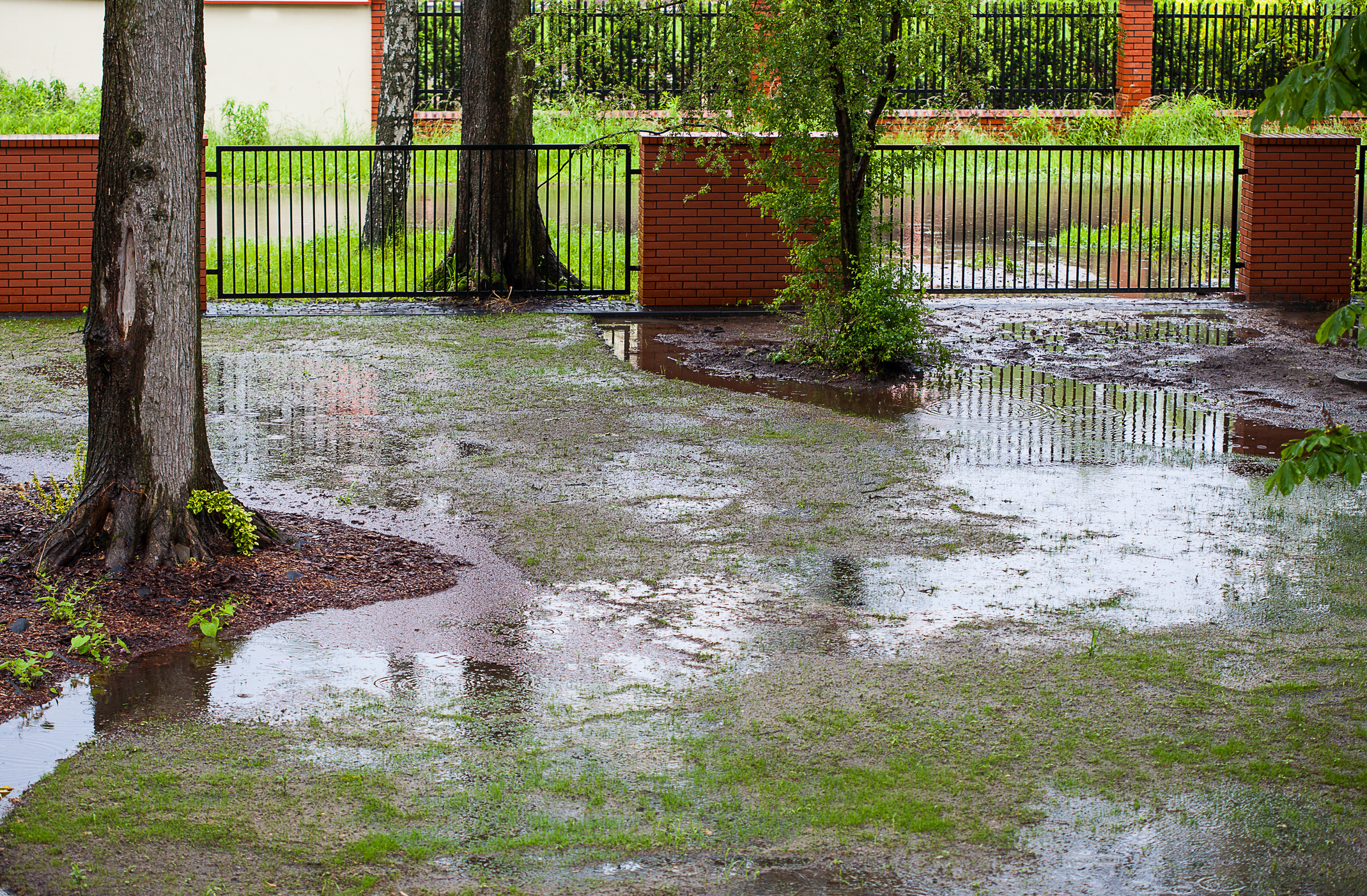Author: John Rice | February 15, 2022
Background/Objectives
Per- and polyfluoroalkyl substances (PFAS) are a group of manufactured fluorinated organic chemicals that have been used in a wide array of industrial processes and consumer products. Because of their widespread distribution and unique chemical properties, they have been detected throughout urban, farm and even wilderness environments. As a result of their production, use and disposal, PFAS have been released to surface water, groundwater, the atmosphere, soil and sediment. The presence of PFAS in sediment and pore water is significant because sediment is the home for benthic organisms that are the foundation of aquatic and many terrestrial ecosystems. Understanding the behavior and controlling the release of PFAS in aquatic environments are critical for the management and protection of aquatic life.
PFAS can accumulate in sediment through several different pathways, including direct discharge of untreated industrial wastewater, sludges and waste to surface water bodies. In addition, PFAS can reach sediment, then surface water through a groundwater pathway, as the groundwater carries the PFAS from an upland source and discharges to a surface water body. Treatment systems that prevent or disrupt the transport of PFAS from groundwater into sediment and surface water are needed to reduce the discharge of PFAS to aquatic environments.
Related Services
Approach/Activities
In order to design an integrated site remedy for PFAS discharging to surface water, TRC performed an evaluation of a capping system using a groundwater model and experimental data for sorption and partitioning of PFAS to a solid sorbent material (i.e., RemBind®). MODFLOW was used to simulate a variety of sediment cap configurations that were specifically designed to passively bind PFAS seepage from a bank or pore water upwelling into a reactive cap, where it could be captured in a removable treatment cartridge. Sorptive properties of RemBind® utilized in the modeling were developed through independent testing performed by BECA in Australia. In addition, published data from numerous trials were utilized to evaluate various cap or passive barrier configurations.
The cap design has also been modified to include air lift technology to the transmission layer of the cap, as a potential pre-treatment for PFAS-impacted sediment and groundwater. Pilot studies have shown that bubbling air or other gases (e.g., ozone) can cause the PFAS to form bubbles and accumulate at the water surface. This effectively concentrates the PFAS at a location where it can be removed and sent for more efficient treatment. Removing PFAS prior to the sorbent material will extend the life of the sorbent, improve water quality and save costs.
Results/Lessons Learned
Modeling results utilizing lab data and groundwater flow assumptions indicate that a cap can be designed to effectively treat bank seepage and pore water discharge of PFAS to surface water under a variety of conditions. Modeling indicates that under realistic conditions the AquaGate+RemBind® (AquaBlock Ltd.) gabion could last from 2.3 years to several decades. Adding air lift and foam removal could extend the life of the sorbent, especially at sites with higher PFAS concentrations.
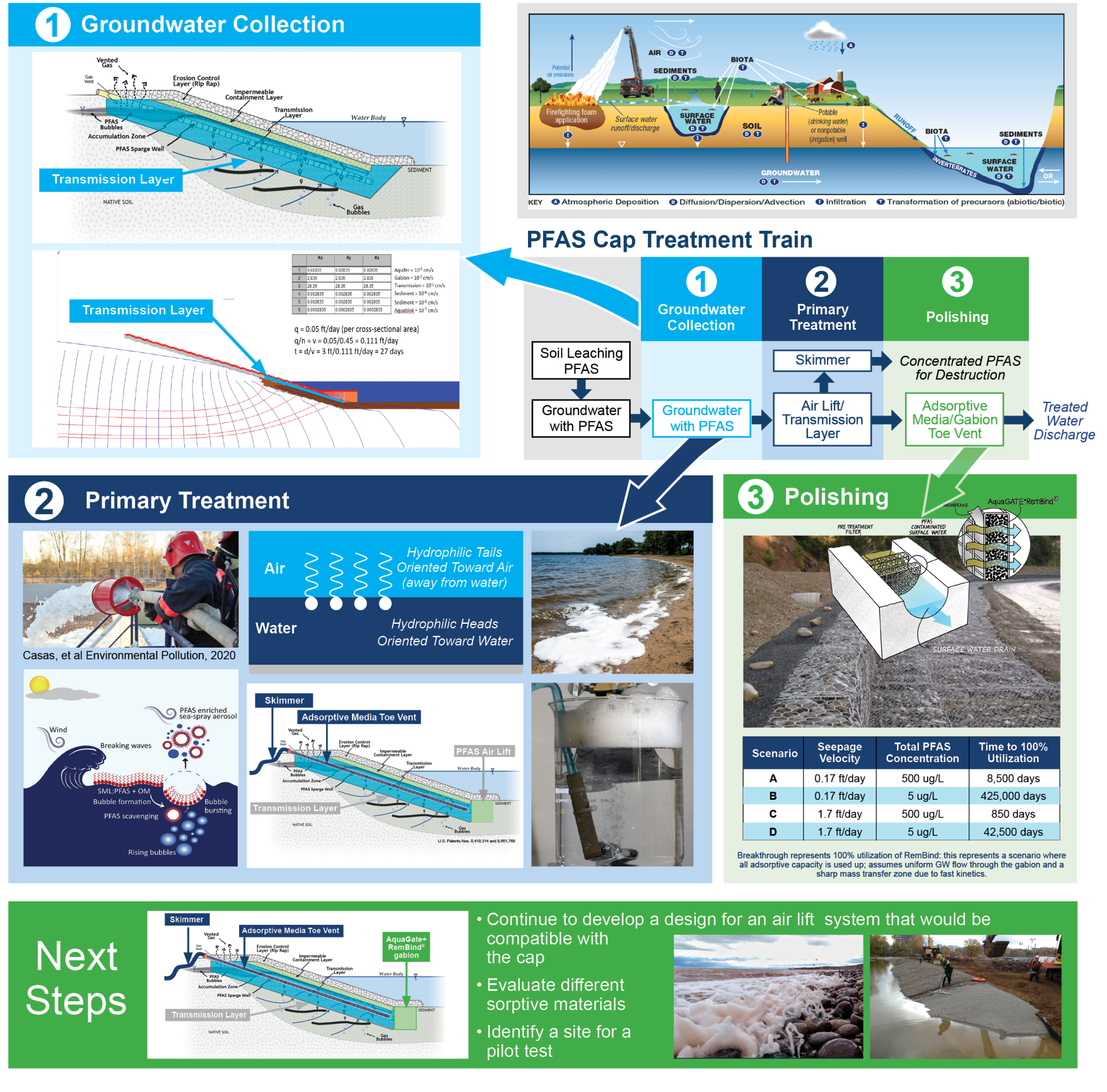
Achieve New
Possibilities
Partner With TRC’s Tested Practitioners
Sharing Our Perspectives
Our practitioners share their insights and perspectives on the trends and challenges shaping the market.

U.S. EPA and Army Corps of Engineers to Develop Revised Rule to Define “Waters of the United States”
August 8, 2023
The US EPA and Army Corps of Engineering are redefining “Waters of the United States”.

Integrating Sustainability, Digital Connectivity and Design Optimization in Wastewater Treatment Systems
June 20, 2022
Some organizations rarely think about water and wastewater treatment, until there is a problem. American industry depends on the ability to treat wastewater discharges while complying with regulatory standards and addressing emerging contaminants. If wastewater treatment fails, our environment is negatively impacted, and companies are exposed to shutdowns, delays and fines.

Need help collecting PFAS samples for NJDEP deadline December 15?
October 7, 2021
NJDES Category B or L Industrial Permit holders – If you haven’t obtained your first PFAS sample yet, time is running out. All New Jersey Pollutant Discharge Elimination System (NJDES) Category B or L Industrial Permit holders are required by the New Jersey Department of Environmental Projection (NJDEP) to collect two representative effluent samples, taken 30 days apart, to be analyzed for PFAS by an approved laboratory and submitted to them by December 15, 2021.
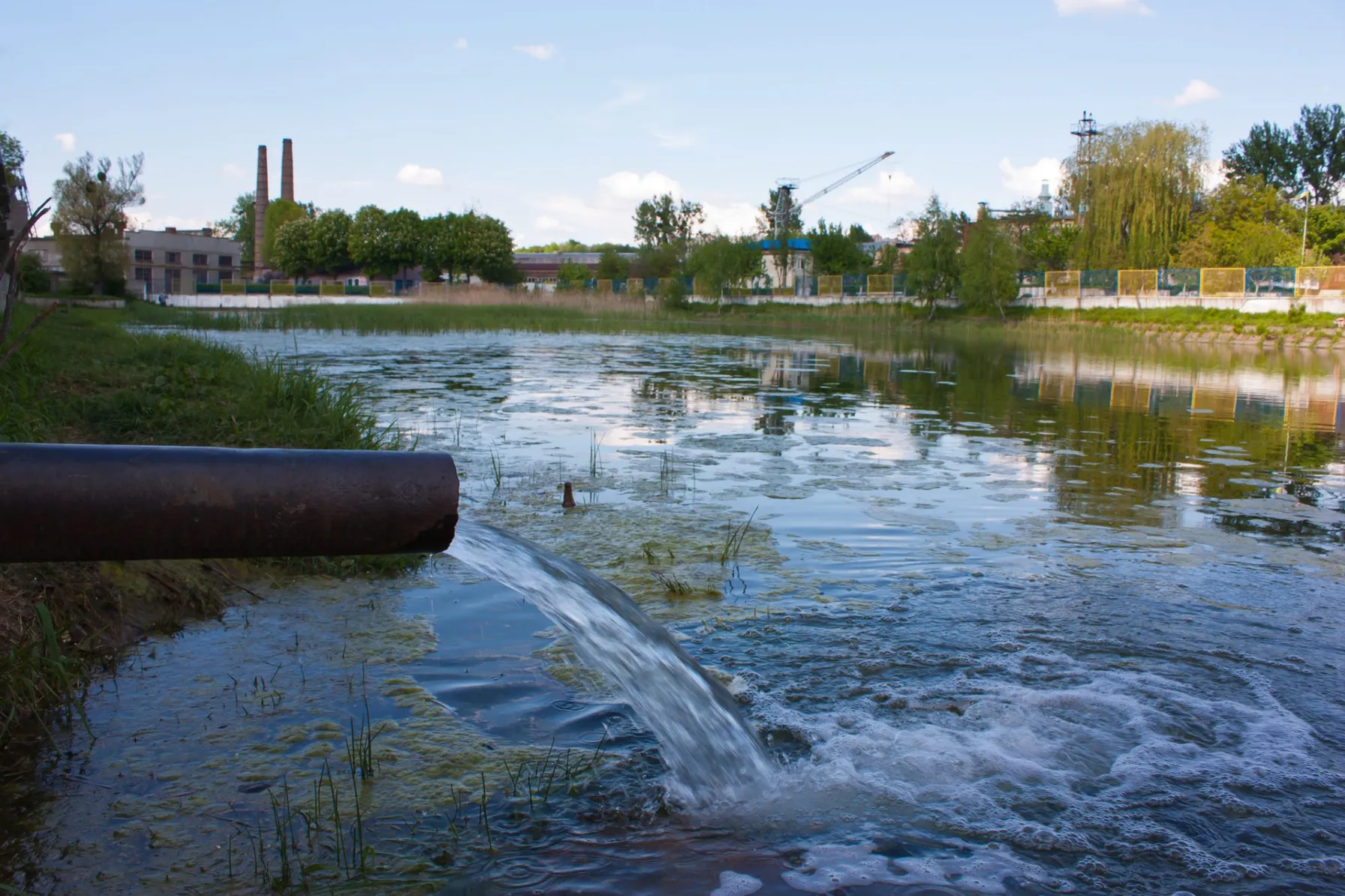
EPA Solicits Comments on PFAS Discharges in Five Point Source Categories
September 23, 2021
EPA solicits comments in five point source categories (PSCs) in the manufacture, use, treatment and discharge of PFAS.

EPA Ramps Up Inspections and Enforcement Actions
May 14, 2021
EPA’s acting enforcement chief, Larry Starfield, directs agents to ramp up inspections in communities known to be afflicted by pollution

TRC Companies Inc. Acquires 1Source Safety and Health
November 11, 2020
TRC Companies (“TRC”), a leading technology-driven provider of end-to-end engineering, consulting and construction management solutions, has acquired 1Source Safety and Health, a firm that provides management consulting services in areas such as indoor air quality, asbestos management, industrial hygiene and safety management systems.

Ecological Risk of PFAS from AFFF-Impacted Sites
June 30, 2020
The facts on evaluating exposure to wildlife

TRC’s Reporting Tool Can Help Identify New PFAS under the TRI
May 19, 2020
While utilities often work in technical silos, NERC auditors are trained to cross check compliance evidence and data between interrelated standards.

Potential Impacts from EPA’s Proposed Waters of the United States Rule
July 24, 2019
The EPA is redefining which bodies of water are eligible for protection under the federal Clean Water Act – and which ones aren’t.

TRC Acquires California Construction Management Firm Vali Cooper & Associates
June 26, 2018
LOWELL, Mass. – TRC, a leading provider of end-to-end engineering, consulting and construction management solutions fueled by innovative technology, announced today it has acquired Vali Cooper & Associates Inc., a top California infrastructure firm that manages transportation, water/wastewater, utility and facilities projects.

Innovative Remedial Concepts to Address Microplastics
August 11, 2023
Microplastics (MP) encompass plastic particles ranging in size from 1 nanometer to 5 millimeters. MP historically appeared in lotions and creams as “microbeads,” which acted as exfoliants. MP also form through different processes including the gradual degradation of larger plastic items over time, which results in the generation of progressively smaller plastic particles. Additionally, textiles and synthetic clothing can form MP from daily wear and tear.

U.S. EPA and Army Corps of Engineers to Develop Revised Rule to Define “Waters of the United States”
August 8, 2023
The US EPA and Army Corps of Engineering are redefining “Waters of the United States”.

Regulators Update Design Storm Rainfall Depths in Response to Climate Science Projections and Recent Storm Data
August 3, 2023
Regulators are responding to anticipated increases in extreme rainfall events by updating design storm rainfall depth regulations.

TRC Assists in Securing $11M in funding for small Communities
April 14, 2023
LOWELL, Mass. – TRC, a leading provider of end-to-end engineering, consulting and construction management solutions fueled by innovative technology, announced today it has acquired Vali Cooper & Associates Inc., a top California infrastructure firm that manages transportation, water/wastewater, utility and facilities projects. “Vali Cooper & Associates is a leading construction management firm in California and has an excellent reputation throughout the industry, especially in the public sector,” said TRC CEO Chris Vincze. “This key acquisition aligns with our strategic growth strategy and will help diversify our robust portfolio of infrastructure services in one of the strongest markets in the country.” With the deal, TRC now has nearly 600 employees in California providing a full complement of engineering and management services in the infrastructure, oil and gas, environmental and power markets. “TRC shares many of the same values as VC&A, and joining with them will boost our national presence and enable us to expand the breadth of services we bring to our clients,” said Agnes Weber, VC&A’s chief strategy officer. “This is a great fit for both firms and we are thrilled about this exciting new chapter.”

Proposed MCLGs and MCLs for PFAS
March 15, 2023
Final Regulatory Determination for Contaminants on the Fourth Drinking Water Contaminant Candidate List

EPA Announces $2 Billion in Funding to Address Emerging Contaminants in Drinking Water
February 14, 2023
Environmental Protection Agency Administrator Michael Regan announced $2 Billion in infrastructure funding to help the nation’s rural water supplies.
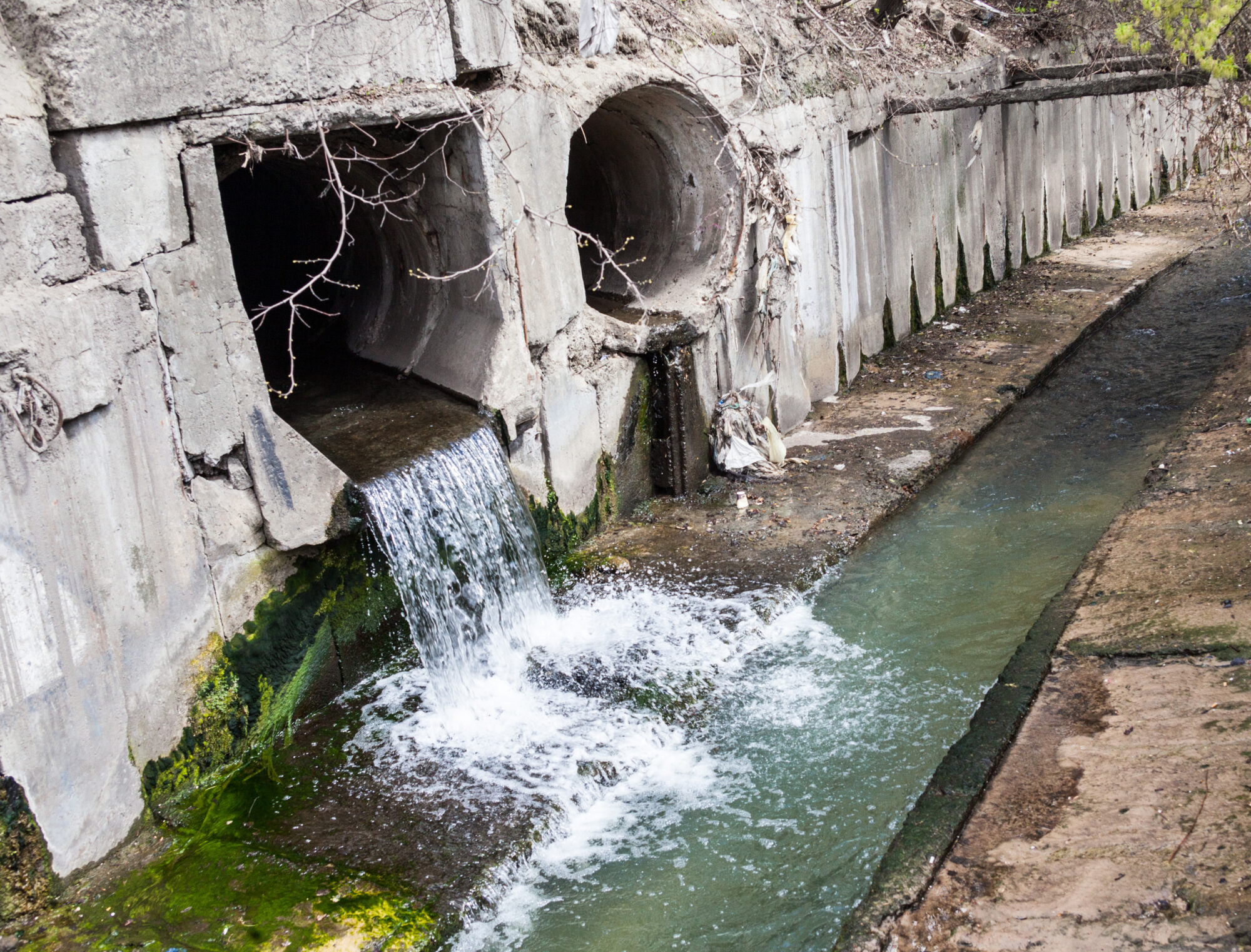
PFAS Discharges in NPDES Permits
December 19, 2022
In a follow-up to the EPA Office of Water’s April 28, 2022 memo, EPA released “Part 2″, providing guidance for the NPDES permitting/pretreatment program as it relates to restricting discharges of PFAS to water bodies.

Washington State Establishes PFAS Cleanup Levels
September 21, 2022
The Washington State Department of Ecology (Ecology) recently published a list of 6 PFAS compounds that now have soil and groundwater cleanup levels

EPA Issues Proposed Rule Designating PFOA and PFOS as Hazardous Substances
September 7, 2022
The EPA has issued a pre-publication version of a proposed rule to designate two PFAS compounds as hazardous substances under CERCLA.

Five New PFAS Added to EPA Regional Screening Levels (RSLs)
June 24, 2022
EPA announced the addition of five new PFAS to the list of Regional Screening Levels (RSLs)

EPA Announces Updated Drinking Water Health Advisories for Four PFAS Chemicals: PFOS, PFOA, PFBS, & GenX
June 24, 2022
On June 15, 2022, the EPA released updated Health Advisory Levels for four per- and polyfluoroalkyl substances (PFAS) in drinking water

Integrating Sustainability, Digital Connectivity and Design Optimization in Wastewater Treatment Systems
June 20, 2022
Some organizations rarely think about water and wastewater treatment, until there is a problem. American industry depends on the ability to treat wastewater discharges while complying with regulatory standards and addressing emerging contaminants. If wastewater treatment fails, our environment is negatively impacted, and companies are exposed to shutdowns, delays and fines.

EPA Proposes Aquatic Life Criteria for PFOA and PFOS
May 25, 2022
On May 3, 2022, under the Clean Water Act (CWA), the United States Environmental Protection Agency (USEPA) proposed the first aquatic life criteria for both short-term and long-term toxic effects from Perfluorooctanoic Acid (PFOA) and Perfluorooctane Sulfonic Acid (PFOS).

Fifth Unregulated Contaminant Monitoring Rule Lists 29 PFAS
January 21, 2022
EPA published fifth Unregulated Contaminant Monitoring Rule as required every five years and 29 of the 30 contaminants listed are PFAS.
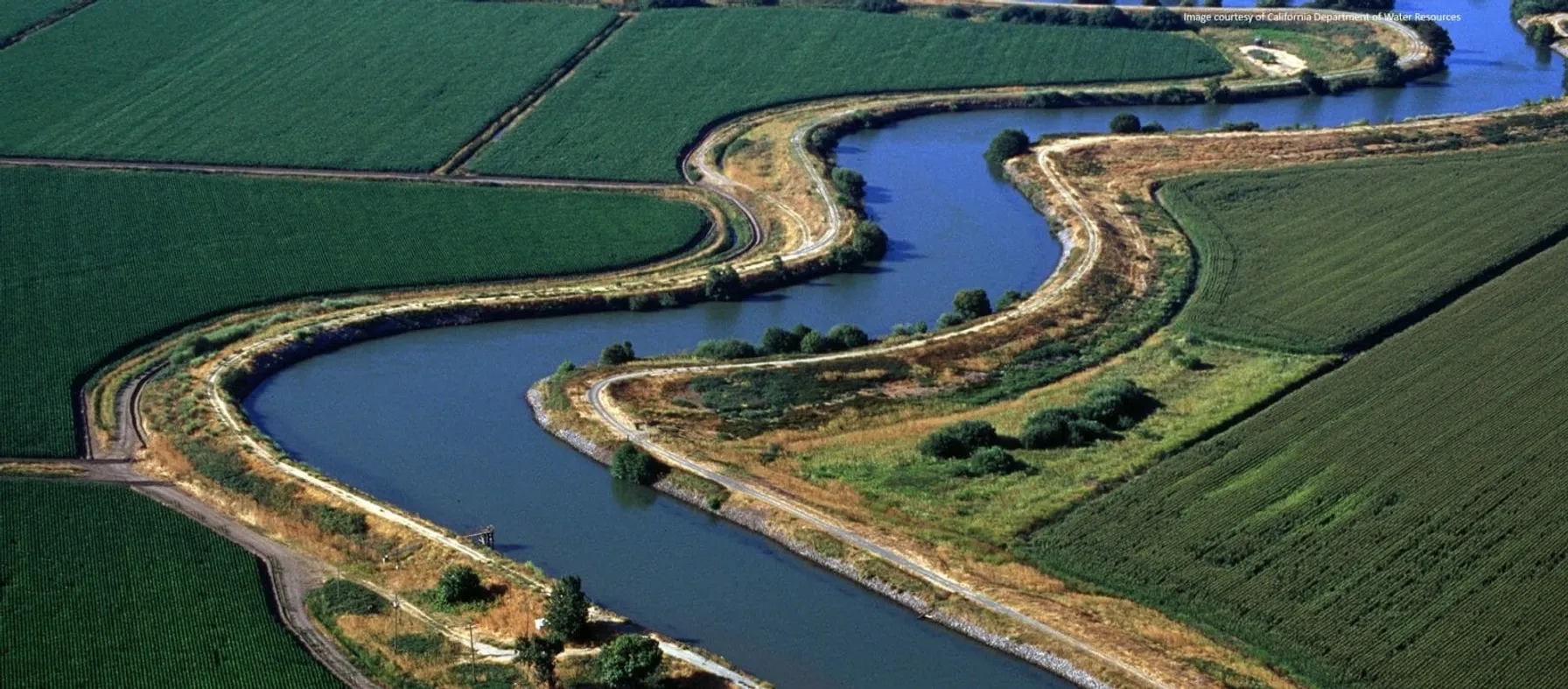
Waters of the United States (WOTUS) Revised Definition: Proposed Rule Published
December 16, 2021
Rule Proposed to Revert Back to Pre-2015 Definition of Waters of the United States (WOTUS) published December 2021

Construction Delivery Method Comparison: Design-Build vs. Design-Bid-Build
December 16, 2021
In the construction industry the successful execution of every project depends on the delivery method. Two of the most widely used project delivery methods are Design-Bid-Build and Design-Build.
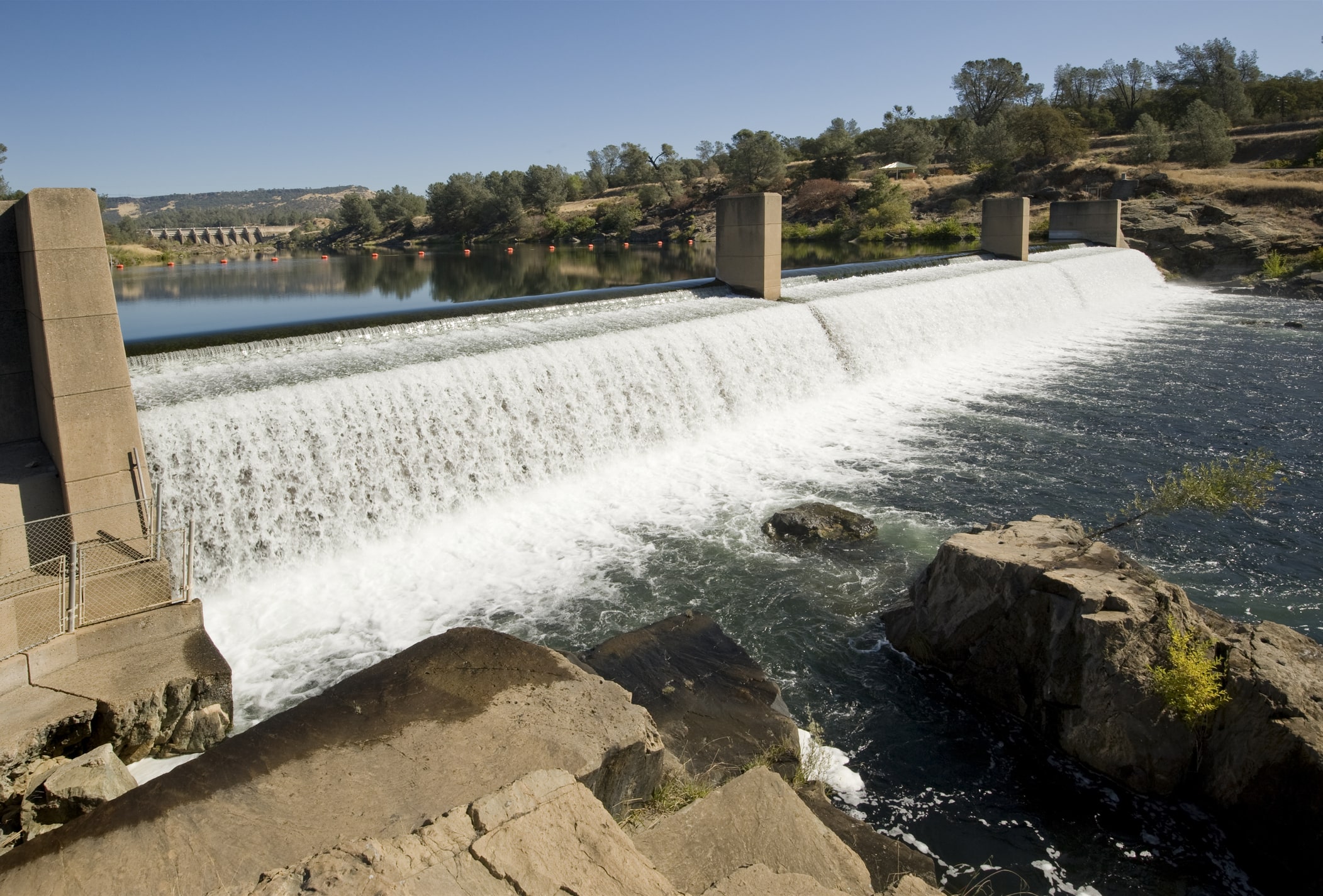
Overhauling Oroville: The Amazing Push to Repair the Tallest Dam in the United States
November 8, 2021
The Oroville Dam in Northern California is the highest in the country at 770 feet – four stories taller than the more celebrated Hoover Dam – but few outside the Golden State had ever heard of it before February of 2017.

EPA Solicits Comments on PFAS Discharges in Five Point Source Categories
September 23, 2021
EPA solicits comments in five point source categories (PSCs) in the manufacture, use, treatment and discharge of PFAS.

TRC Companies Inc. Acquires 1Source Safety and Health
November 11, 2020
TRC Companies (“TRC”), a leading technology-driven provider of end-to-end engineering, consulting and construction management solutions, has acquired 1Source Safety and Health, a firm that provides management consulting services in areas such as indoor air quality, asbestos management, industrial hygiene and safety management systems.

TRC Awarded a Yahara WINS Grant
August 28, 2020
TRC was recently awarded a Yahara WINS grant to develop a pilot scale simple aeration method for removing phosphorous from the discharge of manure digesters. The grant application was developed and submitted by: Bob Stanforth, Alyssa Sellwood, Mike Ursin, Ted O’Connell, Ken Quinn, and John Rice, who are members of multiple TRC CORE teams.

Potential Impacts from EPA’s Proposed Waters of the United States Rule
July 24, 2019
The EPA is redefining which bodies of water are eligible for protection under the federal Clean Water Act – and which ones aren’t.

TRC Acquires California Construction Management Firm Vali Cooper & Associates
June 26, 2018
LOWELL, Mass. – TRC, a leading provider of end-to-end engineering, consulting and construction management solutions fueled by innovative technology, announced today it has acquired Vali Cooper & Associates Inc., a top California infrastructure firm that manages transportation, water/wastewater, utility and facilities projects.
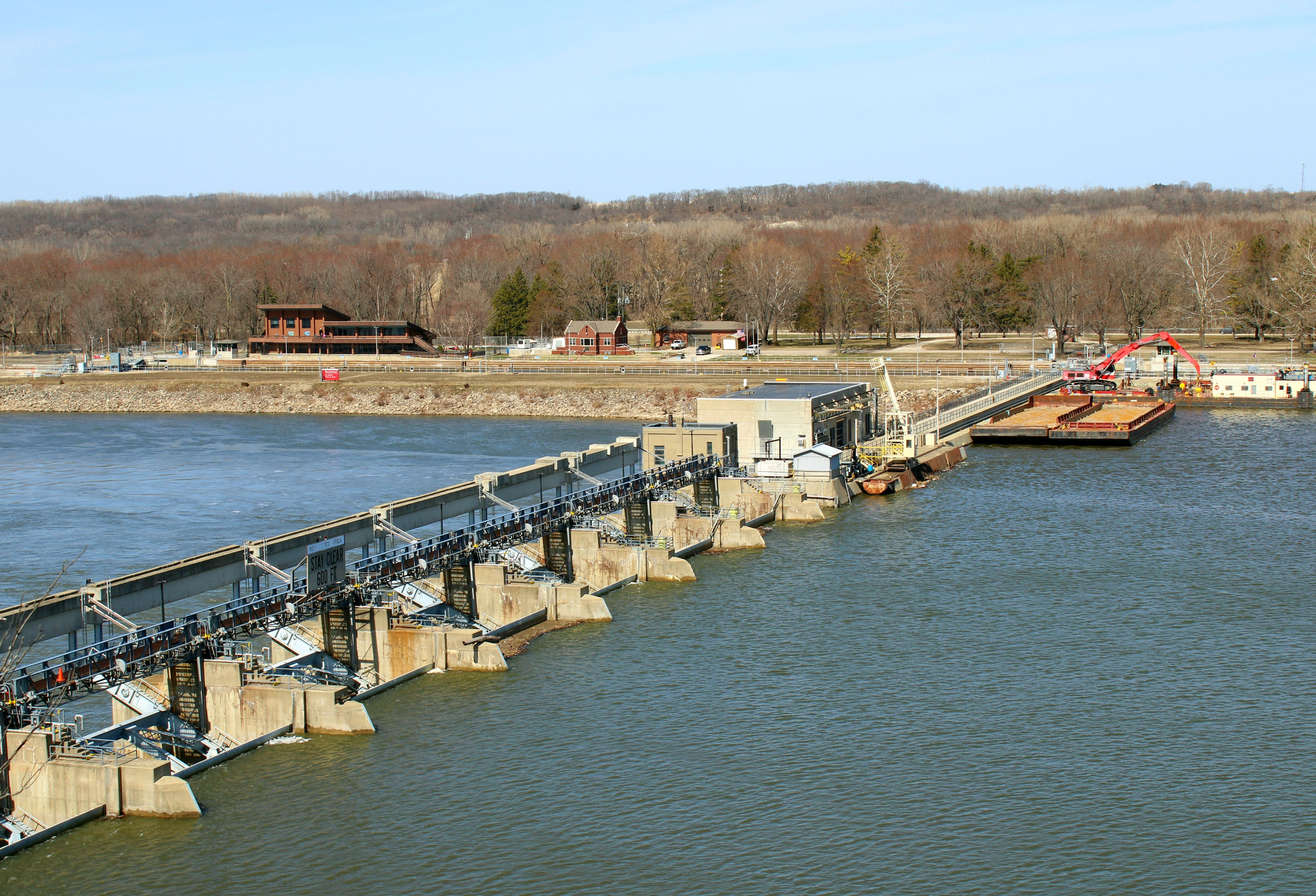
TRC Recognized for Removing Lead Contamination from Mill River in Fairfield, Connecticut
March 7, 2018
LOWELL, Mass. – TRC, a leader in engineering, environmental consulting and construction-management services, has been awarded a pair of awards from the Environmental Business Journal – one for business achievement and the other for an innovative remediation project to remove lead sediment from the Mill River in Fairfield, Conn.

U.S. EPA and Army Corps of Engineers to Develop Revised Rule to Define “Waters of the United States”
August 8, 2023
The US EPA and Army Corps of Engineering are redefining “Waters of the United States”.

EPA Announces $2 Billion in Funding to Address Emerging Contaminants in Drinking Water
February 14, 2023
Environmental Protection Agency Administrator Michael Regan announced $2 Billion in infrastructure funding to help the nation’s rural water supplies.

Overhauling Oroville: The Amazing Push to Repair the Tallest Dam in the United States
November 8, 2021
The Oroville Dam in Northern California is the highest in the country at 770 feet – four stories taller than the more celebrated Hoover Dam – but few outside the Golden State had ever heard of it before February of 2017.

EPA Ramps Up Inspections and Enforcement Actions
May 14, 2021
EPA’s acting enforcement chief, Larry Starfield, directs agents to ramp up inspections in communities known to be afflicted by pollution

TRC Companies Inc. Acquires 1Source Safety and Health
November 11, 2020
TRC Companies (“TRC”), a leading technology-driven provider of end-to-end engineering, consulting and construction management solutions, has acquired 1Source Safety and Health, a firm that provides management consulting services in areas such as indoor air quality, asbestos management, industrial hygiene and safety management systems.

Potential Impacts from EPA’s Proposed Waters of the United States Rule
July 24, 2019
The EPA is redefining which bodies of water are eligible for protection under the federal Clean Water Act – and which ones aren’t.

TRC Recognized for Removing Lead Contamination from Mill River in Fairfield, Connecticut
March 7, 2018
LOWELL, Mass. – TRC, a leader in engineering, environmental consulting and construction-management services, has been awarded a pair of awards from the Environmental Business Journal – one for business achievement and the other for an innovative remediation project to remove lead sediment from the Mill River in Fairfield, Conn.

John Rice
John Rice is a consulting engineer and hydrologist working out of TRC’s Madison, Wisconsin office. He has over 26 years of experience in the environment field. John provides technical expertise in surface water and groundwater hydrology, sediment and groundwater remediation. He has designed and overseen the successful construction of sediment remediation systems, including complex dredging and capping alternatives. He has also designed and installed active groundwater and soil remediation systems that include innovative in-situ remedies. John is a leader in the development of new conceptual models for migration of liquid coal tar and of recalcitrant organics from sediment. These efforts have yielded new understanding of risks and appropriate remedies. John was awarded a patent for an innovative approach to facilitate the in-situ degradation of chlorinated organic compounds and has patent applications awarded and pending for improved sediment cap designs. John is active in the advancement of the profession through the presentations and publication of professional articles. Contact John at JRice@TRCcompanies.com.

